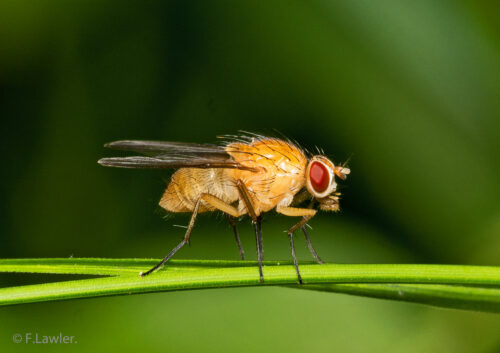Image Courtesy of Flickr.
How did Ken and Barbie make their way into the genome? In the podcast Science Friday, “Science Diction” host and producer Johanna Mayer constructs a bridge between worlds as diverse as Barbie Land and a fruit fly’s body. Scientific disciplines, infamously convoluted with jargon, can become inaccessible to the general public despite their societal relevance. Mayer even produces an episode about jargon: in “Jargon: We Love to Hate It,” she invites “plain language” advocates to discuss the widespread confusion caused by technical language. By explaining the etymology behind words like “meme” and “rocky road” in fifteen-minute episodes, Mayer highlights how social science, science, and pop culture intersect. This podcast is an accessible introduction to science for podcast enthusiasts across a wide range of tastes and curiosities.
So, how does Barbie converge with the study of science? The association comes from a gene appropriately named “Ken and Barbie” due to the ability of its mutated form to interrupt the mechanism responsible for genital formation. Interestingly, fruit flies with the mutation completely lack external genitals. Equally silly are gene names such as “Sonic Hedgehog” and “Van Gogh.” As Mayer conveys in her podcast, each gene name usually relates to the symptoms of the gene’s related disorders, such as a fruit fly’s hedgehog-like, spiny appearance or swirly hair patterns that resemble Van Gogh’s Starry Night. Highlighting the amusing parts of science is key to defying perceptions of it as unimaginative and overly technical, and opening the field to a broader audience.
Another enticing aspect of Mayer’s podcasts is her use of vibrant analogies at the beginning of each podcast episode to playfully prime the listener’s curiosity. In her episode “Vaccines,” she begins with a description of a “cowpalooza” painted by nineteenth-century cartoonist James Gillray. Gillray’s satirical illustration depicts a room full of people who begin developing parts of a cow’s anatomy, alluding to the historical backlash against the cowpox vaccine. This analogy becomes the foundation for her explanation of the Latin word “vacca,” translating to “cow,” and Edward Jenner’s development of the first vaccination for cowpox. By instilling images that are easy to imagine, Mayer makes science and its etymology easily accessible to a wide audience. Additionally, Mayer’s analogies delve into specific aspects of a broader field. One episode on the element cobalt allows for audience members to ask specific questions relating to their cobalt-blue sweater, a medieval goblin named “Kobold,” and of course, the ore. “Science Diction” probes the questions and curiosities of its listeners by introducing them to the rich, but unseen, histories of scientific words.

